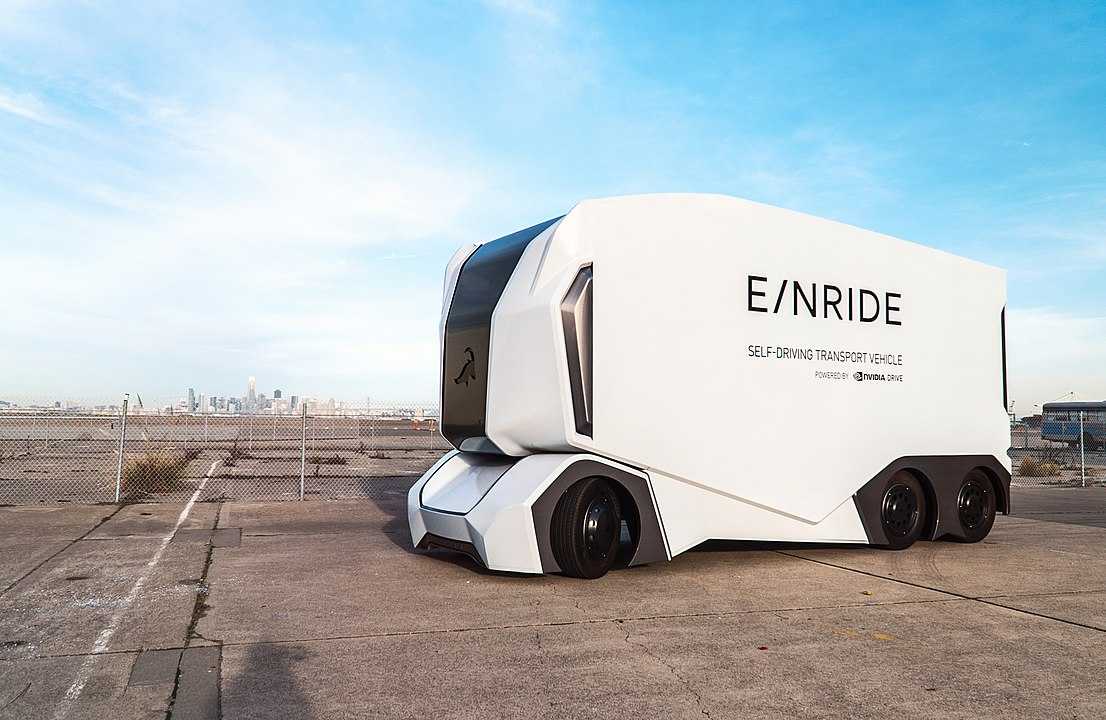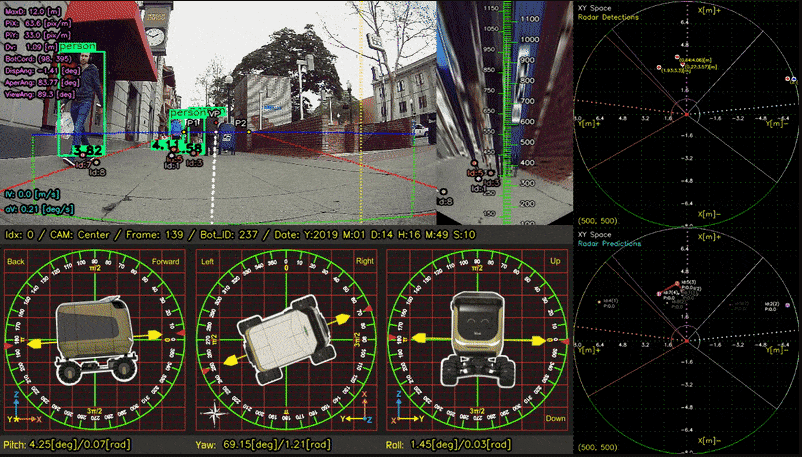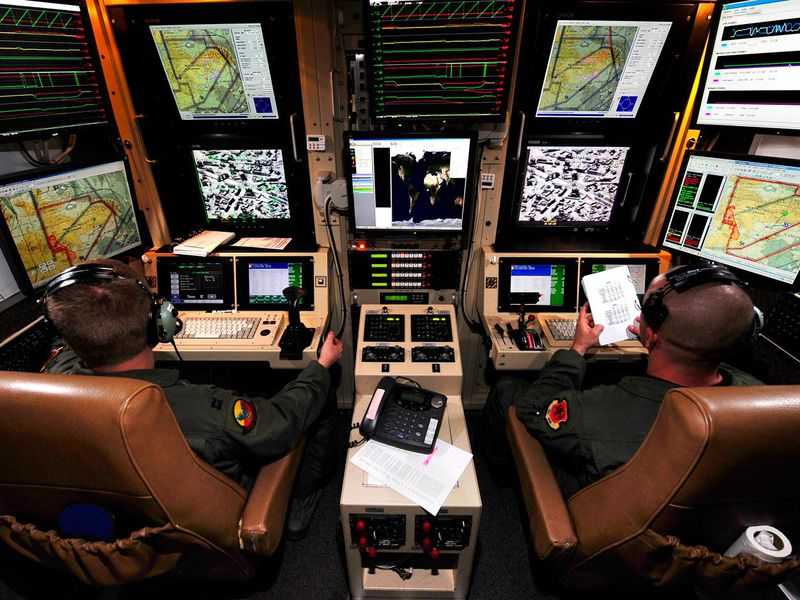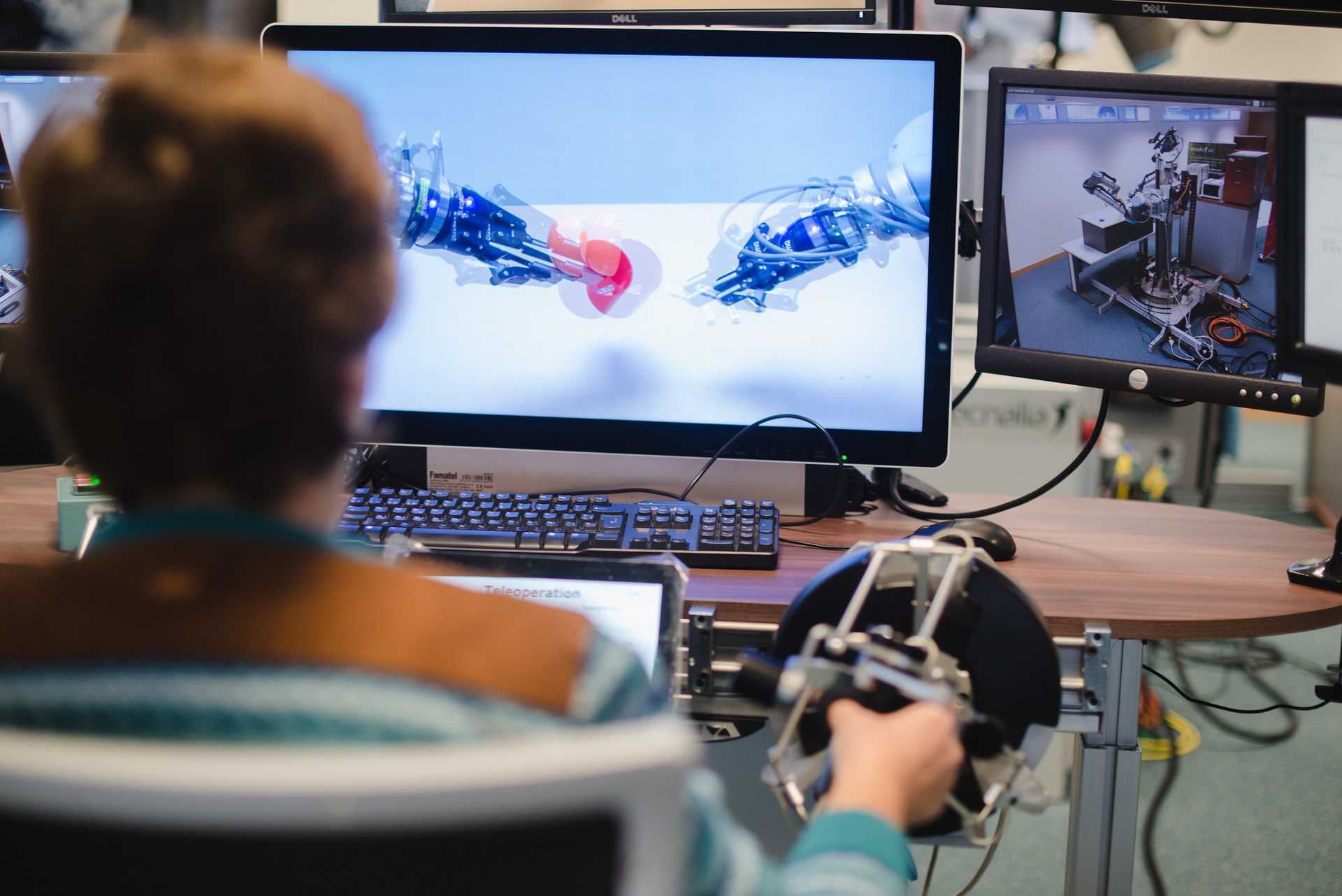
Teleoperated fleets
From self-driving to stealth driving.
How likely? How soon? What impact?
The most misleading term for automated vehicles is "driverless." In fact, the best solutions to stubborn problems in computer driving combine human and machine intelligence. Drones, for example, operate autonomously much of the time, but are supervised by human pilots. "Teleoperation" allows AVs to "phone home" to a human operator when they encounter an unexpected event. It's an idea with roots in ancient mythology—some use the term "centaur" to describe schemes that put robots and humans in such close-knit configurations.
But more mundane forms of human-AV teamwork can pay off too. Self-driving vehicles can simply hand over control to a remote human driver at predetermined points, such as the transition from highway travel to local roads.
Teleoperation complicates our outlook for AVs' impacts on labor and transportation regulation. Driving jobs could move to regional, national, or even global hubs, consolidated in telecenters hooked up by low-latency networks. For cities, we may soon arrive in a future where few of the vehicles moving about on local streets are actually under the direct control of locals.
Signals
Signals are evidence of possible futures found in the world today—technologies, products, services, and behaviors that we expect are already here but could become more widespread tomorrow.


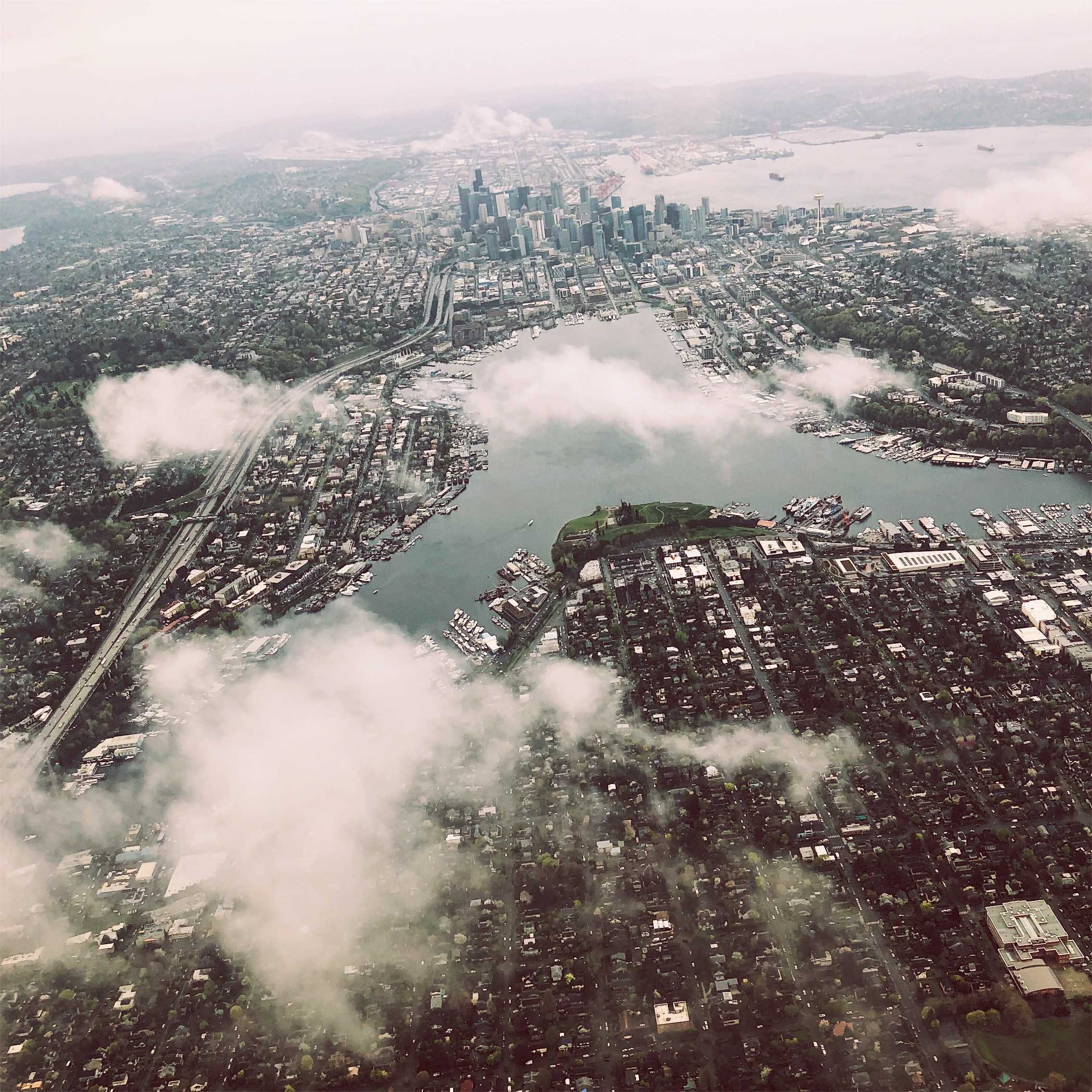

..png)

